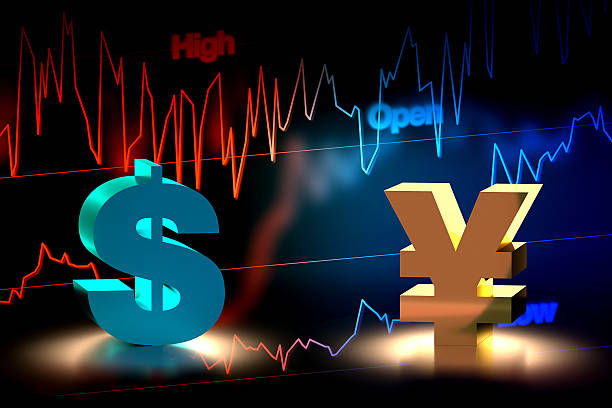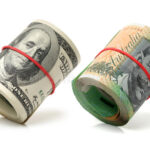USDJPY pair finds some sellers at the 139.00 level.
On Tuesday, the USDJPY pair finds some sellers at the 139.00 level and sustains its steady intraday. Decline into the early portion of the European session. In the previous hour, the pair has dropped to a new daily low in the 138.20-138.15 range. Under pressure from a number of factors.
Bets that the Fed would halt its rate-hiking cycle soon continue to erode the US dollar.
The US Dollar (USD) continues to struggle to make any substantial rebound. Remaining at its lowest level since April 2022. Amid hopes that the Federal Reserve (Fed) will ease its aggressive attitude. The markets are persuaded that the US Federal Reserve would halt its policy tightening campaign. Following the widely anticipated 25 basis point lift-off at its July 25-26 policy meeting. As a result, US Treasury bond rates continue to fall. Pushing on the greenback and driving the USDJPY pair down.
Speculation that the Bank of Japan may change its YCC policy benefits the JPY and contributes to its decline.
The Japanese Yen (JPY) is supported by expectations. That the Bank of Japan (BoJ) may change its Yield Curve Control (YCC) policy in July. It is worth noting that Japanese media claimed that the Bank of Japan is expected to revise its FY2023 inflation projection. Which has surpassed the 2% target for more than a year. This should put the central bank under pressure to begin unwinding its ultra-loose monetary policy settings. Aside from that, the current cautious mindset favors the safe-haven JPY and adds to the offered tone around the USDJPY pair.
Market confidence is weak as concerns about a global economic downturn intensify. Worries were heightened by poor Chinese economic data reported on Monday, which signaled that the post-COVID recovery was stalling. Indeed, China’s National Bureau of Statistics announced on Monday that economic growth slowed significantly in the second quarter, and retail sales – a measure of consumption – fell drastically in June. However, the prospect of more Chinese stimulus measures helps to contain market gloom.
Furthermore, traders may be hesitant to place big negative bets surrounding the USD if the Fed does not commit to a more dovish policy position and instead sticks to its prediction for a 50-basis point rate rise this year.
This, in turn, calls for caution before expecting the USDJPY pair to extend its current strong retracement decline from the YTD top – levels just over the 145.00 psychological barrier – reached in June. Investors are now looking for short-term trading opportunities in the publication of the US monthly Retail Sales and Industrial Production numbers.









